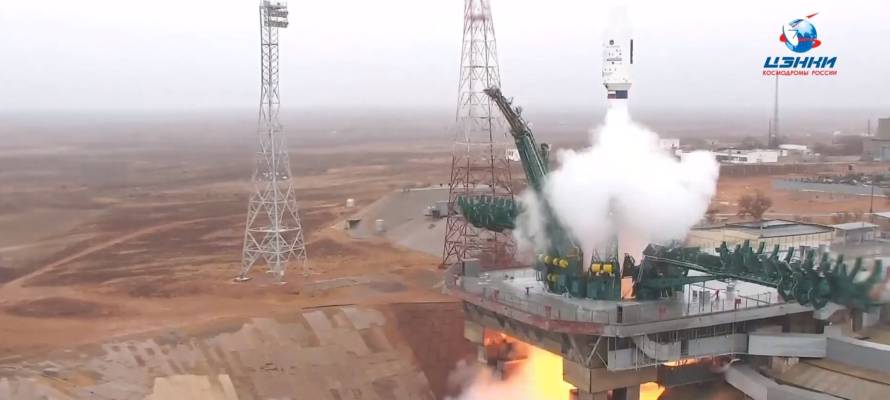Satellites made by the Technion in Haifa successfully blast into orbit in a historic first for the Israeli university.
By Yakir Benzion, United With Israel
Israel made more space history Monday when a Russian Soyuz rocket successfully launched from the Baikonur Cosmodrome in Kazakhstan with three “nano-satellites” built at Israel’s Technion university in Haifa.
“Mazel tov to all involved!” the university tweeted shortly after the blastoff of the launch vehicle carrying a whopping 37 satellites from 18 different countries, including the three Adelis-SAMSON satellites made by a team of researchers at the Technion’s Asher Space Research Institute.
The satellites were expected to enter orbit 4 hours and 20 minutes after the launch and will “wake up” 30 minutes later to start operating. The first communication with the control center at the Technion is expected later on Monday.
Baikonur is famous as the spaceport from which Russian cosmonaut Yuri Gagarin, who became the world’s first man in space, launched in 1961. It is also the site where many astronauts start their journey to the International Space Station.
In a sign of the times of peace-making, the Israeli satellites are sharing space on the Soyuz rocket with dozens of satellites from 17 other countries, including Saudi Arabia, Tunisia and the United Arab Emirates.
The three satellites, which will fly in an autonomous formation without human intervention, are tasked with receiving signals from Earth and detecting their precise location for search and rescue, remote sensing, and environmental monitoring missions.
All three satellites are using an innovative propulsion system developed by the Israeli defense contractor Rafael that is based on krypton gas – the first of its kind in the world to operate on a tiny satellite, the Technion said.
The satellites are called “nano” because they are only about the size of a shoebox and weigh only 8 kilograms (17.6 pounds) each.
The goals of the program are to demonstrate that multiple satellites can orbit for a long-term in formation autonomously and that by working together, the satellites can precisely determine the position of a transmitter located on earth.
